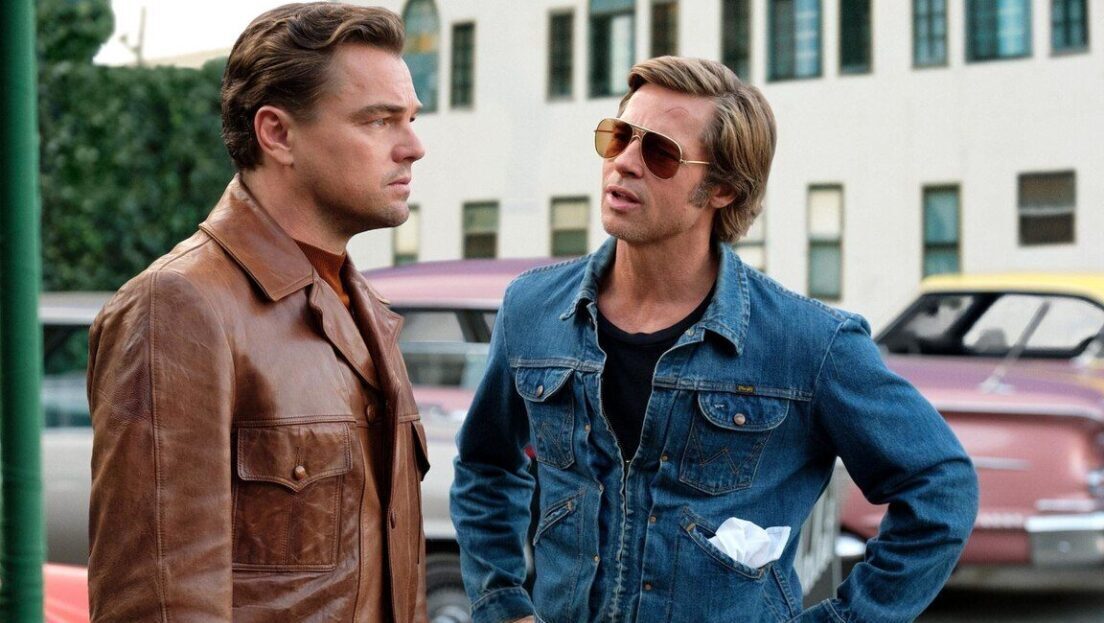Stephen King adaptations are as popular and generic as ever, despite claims of some kind of renaissance, and this latest iteration of Pet Sematary is hardly an exception. Based very loosely on one of King’s most idiosyncratic and melodramatic novels, this is more of a clumsy remake of the previous 1989 film adaptation, wherein the Creed family moves to a new home in rural Maine and discovers that the local titular sematary has some evil supernatural properties — specifically, that anything you bury in it comes back as a homicidal undead monster. Where King’s book spends hundreds of pages on atmosphere (and some of his best, most lyrical prose), this film carves a narrow space for characters to articulate the broadest possible versions of themes of abandonment and grief, while ruminative melancholy and filial anxieties that permeate the story are subdued by let’s-get-to-the-scary-parts exposition, most of it laden with recent-era horror tropes that go nowhere, like an ostensibly creepy procession of kids wearing homemade animal masks heading to a Bad Place that are never mentioned again.
It’s all just laid there, blunt and empty as a dead cat.
Gone are the agonizing scenes of a man digging up the grave of his mangled child; here it’s just a thing that happens in the plot. The characters’ endless regret over both past misdeeds and past abuses against them is here either excised entirely, or relegated to dopey shock flashbacks, as in a crucial subplot about a sick relative. What about the potential for the guilt over moving your family to a place none of you care about and that’s picking apart your bond? Barely hinted at. Motivations that could remain intentionally cloudy can no longer torture these people, because they’re simply dumped out in the dialogue. Pet Sematary is just as formally generic too. Conversations are all shot in close-up with drab colors in huge scope shots taken up by talking heads and ominous slow zooms; no frame goes tantalizingly unfilled, no gnarly image is teased out. All that’s left are arbitrary twists on iconic moments from a 30-year-old movie, upended not because they serve any thematic or narrative purpose, but merely so an audience who vaguely remembers them can wring a few more shock scares out of material they’re nostalgic for. It’s all just laid there, blunt and empty as a dead cat.







